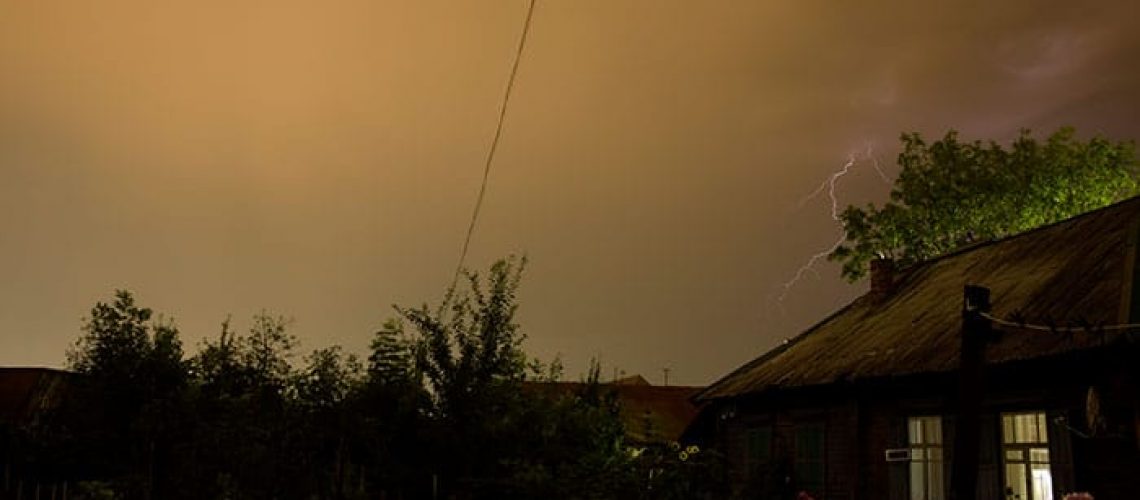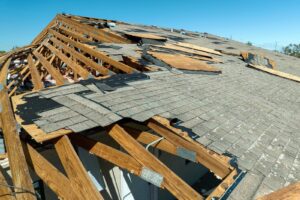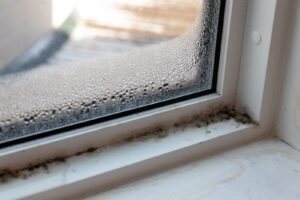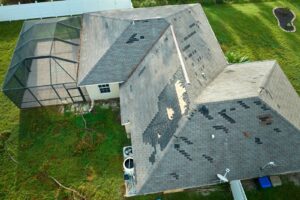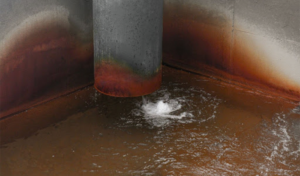Watching a thunderstorm from a safe place can be beautiful, but it may also cause some stress if you don’t know how close it is to your home.
Thunder is known for startling young children and frightening dogs. And while that might seem over the top to many adults, it’s good to be cautious when you hear the sound of thunder. You never know when a small, seemingly insignificant thunderstorm can turn into trouble.
Here’s a look at everything you need to know about thunderstorms, including how to identify thunderstorm distances and some helpful tips for thunderstorm prep.
What Is a Thunderstorm?
A thunderstorm is a storm with thunder, lightning, heavy rain or hail, and wind gusts. These storms are typically violent and short-lived. They occur all over the world and are caused by layers of warm, moist air rising in a swift updraft to the cool upper layers of the earth’s atmosphere. This drastic change in temperature causes strong winds and spurs a storm.
Measuring Thunderstorm Distance
The first step in measuring thunderstorm distance is understanding the relationship between thunder and lightning. Thunder is simply the sound that lighting makes when it passes through the air. The sound of thunder can only be heard within 10 miles of a lightning strike. So if you hear thunder, it’s a good sign to head indoors to a safe place.
Lightning travels miles through the air before it strikes, but it travels quickly and is visible immediately. The sound of thunder, however, travels much slower. It takes thunder about five seconds to travel one mile, according to the National Weather Service.
Knowing that lightning is visible immediately and the sound of thunder travels at 5 seconds per mile, you can use that information to tell how far away a thunderstorm is. Simply watch for lighting and start counting the seconds between the lightning strike and the clap of thunder. Then divide the seconds between the lightning and thunder by five to find the storm’s distance.
If five seconds pass, the storm is about a mile away. Fifteen seconds passing would mean the storm is about three miles away. Less than three seconds between the lightning and thunder indicates that the storm is very close, and you should seek safe shelter immediately.
What Damage Can a Thunderstorm Cause?
Thunderstorms carry many concerns due to their high winds, heavy rains, and lightning. Large hail and sudden bursts of strong wind are also common. A severe storm near your home and property can cause serious damage, including flooding, mold growth, fire, and wind and hail damage.
Here’s a deeper look at how storms can cause extensive damage to your home.
- Flooding – Flash floods frequently occur after severe thunderstorms because of heavy rains in such a short amount of time. Too much water at once can make its way into buildings and wreak havoc on the flooring and walls, even when properties are suitably graded and have adequate drainage systems.
- Mold growth – Flooding of any kind opens the doors for mold to form. According to the Federal Emergency Management Agency, mold growth can begin as soon as 24 to 48 hours after a flood occurs. That’s why it’s so essential to address flooding immediately after a storm and get the area dry as quickly as possible.
- Fire – Severe thunderstorms are always accompanied by lightning, and while not all lightning strikes reach the ground, many do. The air inside a lightning channel can reach as high as 50,000 degrees Fahrenheit. The extreme heat in these strikes can cause electrical surges, fires, and even death.
- Wind damage – Heavy winds during a thunderstorm have been known to break windows, damage siding, tear off roofs, uproot trees, and more. Trees located near your home may lose branches during a storm, so it’s essential to keep them trimmed. Otherwise, they may pose a significant risk to your home if they are broken off during a storm.
- Hail damage – Thunderstorms may produce hail the size of quarters, which can cause damage to windows, cars, and building roofs. Small hail isn’t likely to cause too much damage, but larger hail can be deadly. Hail the size of a softball can fall at a rate of 100 miles per hour, causing severe damage to the impact area.
Thunderstorm Prep
Nature has a mind of its own, and you may not be able to fully prevent damage from a severe storm. But a little bit of thunderstorm prep can help you feel ready for a storm when it inevitably comes your way. Follow these preparation tips to help keep your home and family safe during a storm:
- Cut down or trim trees that are in danger of falling on your home.
- Use surge protectors to lower the risk of a fire in your home.
- Create an emergency plan for your family so everyone knows what to do if a storm damages your home.
- Call a damage restoration team immediately if a storm damages your home.
Restoremasters Is Here to Help
A thunderstorm may be beautiful, but it can also be the source of serious damage to your home and property. If a storm has left your home in disrepair, Restoremasters is here to help. Our disaster restoration team is equipped with the knowledge and tools to restore your home or business to its original, damage-free state.
Our goal at Restoremasters is to promptly repair damage to your property caused by wind, fire, mold, water, sewage, graffiti, or smoke. We have more than 100 years of combined experience in the industry and the right tools for the job, so we can quickly get you back to everyday life after your home has suffered damage.
We are located in Sandy, Utah, and provide services to the greater Salt Lake and Utah County areas, from Salt Lake City to Spanish Fork and everywhere in between. Contact us today via the form on our website or give us a call at 801.938.8654 to get started!

